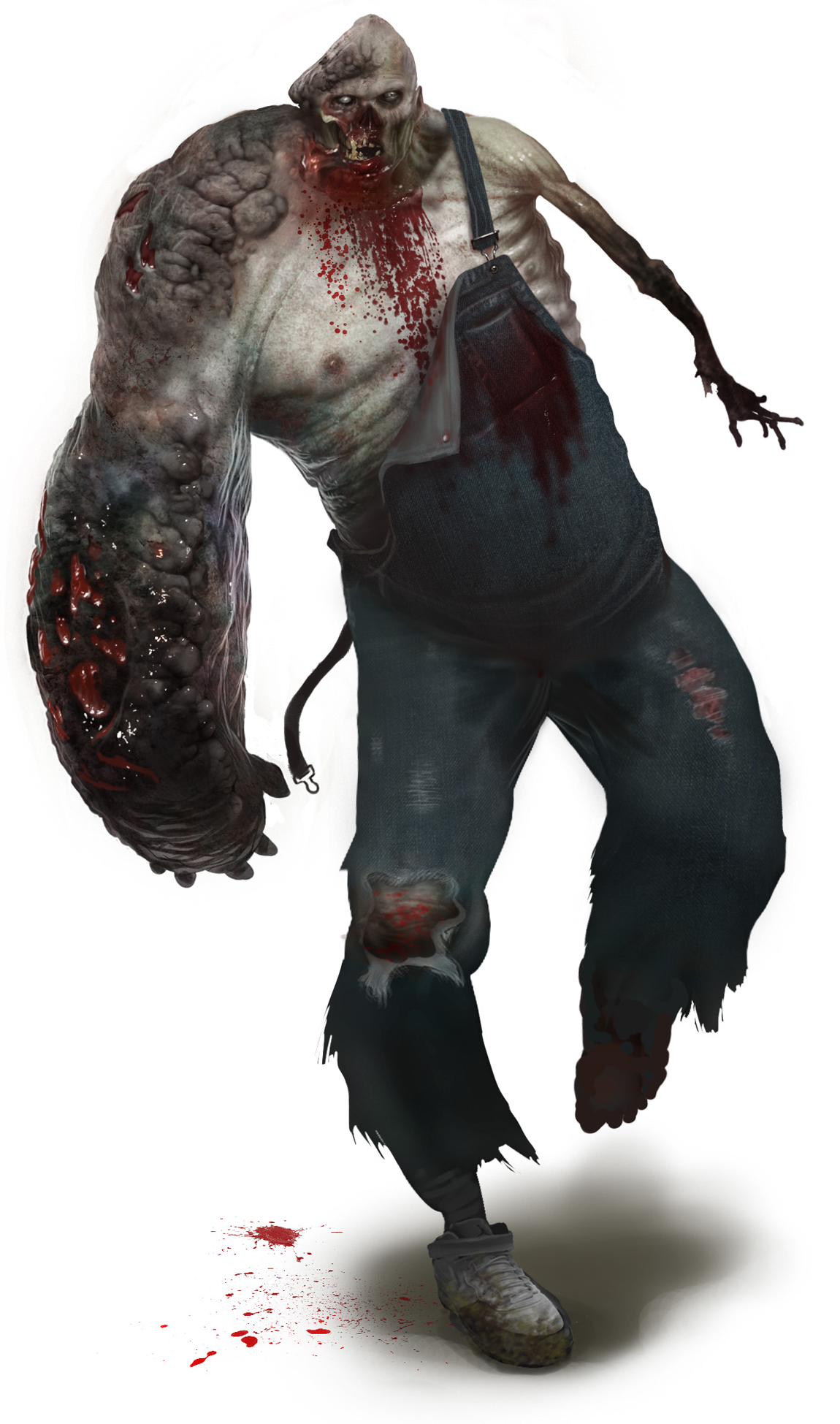

Plants, fungi, and other nutrients make up the rest of their food. A hypercarnivore is an organism that depends on animals for at least 70 percent of its diet. Most carnivores are not obligate carnivores. All cats, from small house cats to huge tigers, are obligate carnivores. Plants do not provide enough nutrients for obligate carnivores. Their bodies cannot digest plants properly. Some carnivores, called obligate carnivores, depend only on meat for survival. Seals and sea lions are carnivores that consume fish, squid, and octopuses. Killer whales, or orcas, are a classic example of tertiary consumers. Carnivores that consume other carnivores are called tertiary consumers. Some eat omnivores, and some eat other carnivores. Carnivores and omnivores are secondary consumers. Herbivores, carnivores, and omnivores are consumers. Omnivores, creatures that consume a wide variety of organisms from plants to animals to fungi, are also the third trophic level.Īutotrophs are called producers, because they produce their own food.

Herbivores, organisms that eat plants and other autotrophs, are the second trophic level. Autotrophs, organisms that produce their own food, are the first trophic level. Organisms in the food web are grouped into trophic, or nutritional, levels. Organisms that carnivores hunt are called prey.Ĭarnivores are a major part of the food web, a description of which organisms eat which other organisms in the wild. Sometimes carnivores are called predators.

A carnivore is an organism that mostly eats meat, or the flesh of animals.


 0 kommentar(er)
0 kommentar(er)
